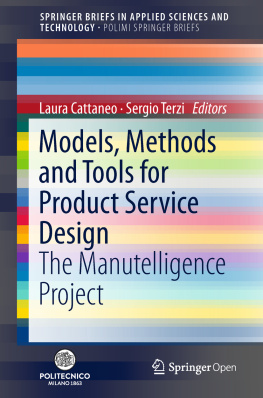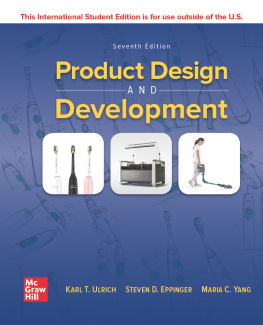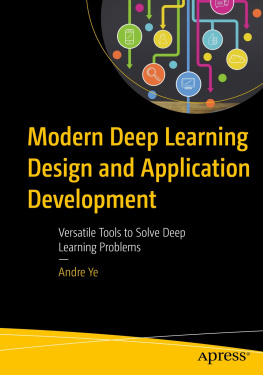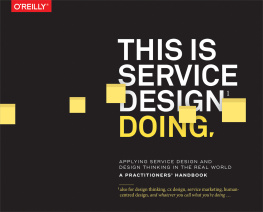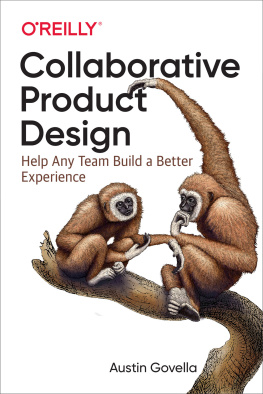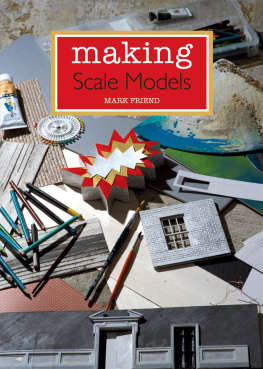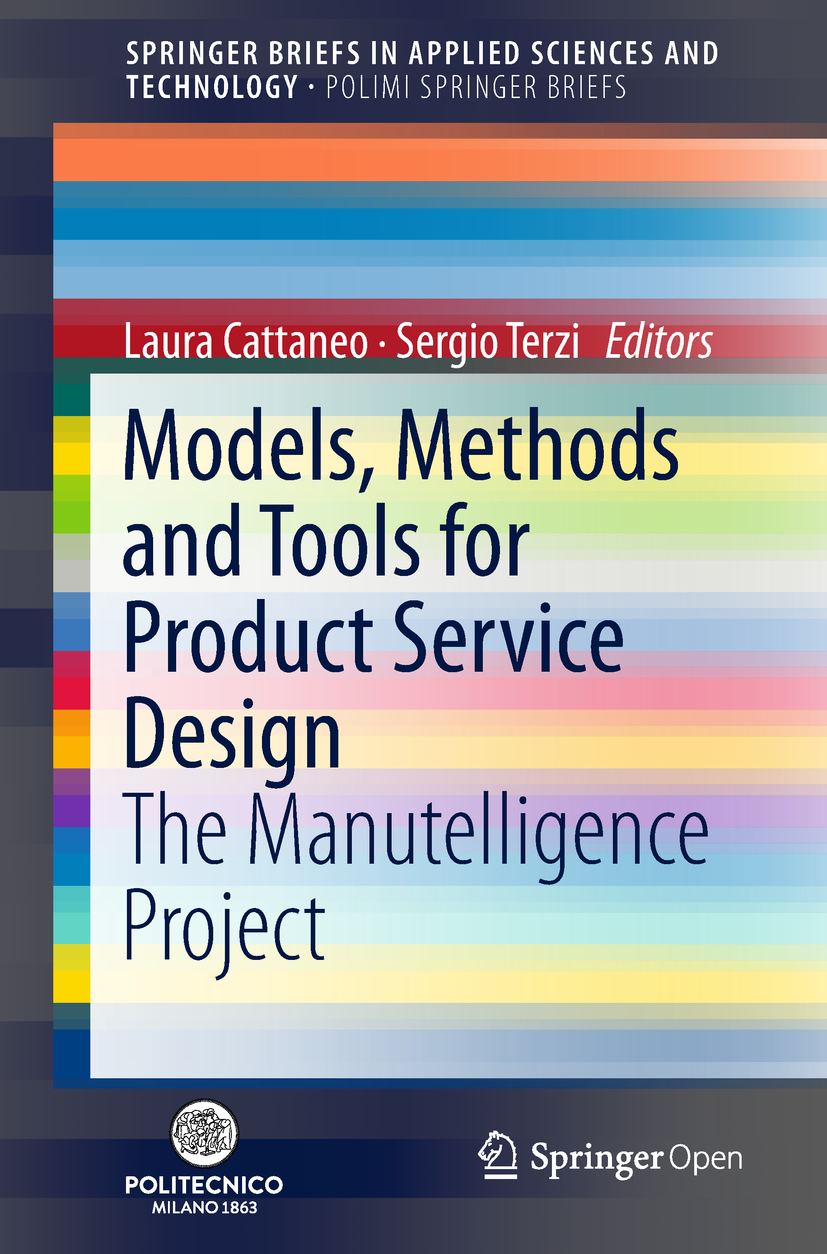SpringerBriefs in Applied Sciences and Technology PoliMI SpringerBriefs
Editorial Board
Barbara Pernici, Politecnico di Milano, Milano, Italy
Stefano Della Torre, Politecnico di Milano, Milano, Italy
Bianca M. Colosimo, Politecnico di Milano, Milano, Italy
Tiziano Faravelli, Politecnico di Milano, Milano, Italy
Roberto Paolucci, Politecnico di Milano, Milano, Italy
Silvia Piardi, Politecnico di Milano, Milano, Italy
More information about this series at http://www.springer.com/series/11159
http://www.polimi.it
Editors
Laura Cattaneo
Department of Management, Economics and Industrial Engineering, Politecnico di Milano, Milan, Italy
Sergio Terzi
Department of Management, Economics and Industrial Engineering, Politecnico di Milano, Milan, Italy
ISSN 2191-530X e-ISSN 2191-5318
SpringerBriefs in Applied Sciences and Technology
ISBN 978-3-319-95848-4 e-ISBN 978-3-319-95849-1
https://doi.org/10.1007/978-3-319-95849-1
Library of Congress Control Number: 2018948601
This book is an open access publication.
The Editor(s) (if applicable) and The Author(s) 2019

Open Access This book is licensed under the terms of the Creative Commons Attribution 4.0 International License (http://creativecommons.org/licenses/by/4.0/), which permits use, sharing, adaptation, distribution and reproduction in any medium or format, as long as you give appropriate credit to the original author(s) and the source, provide a link to the Creative Commons license and indicate if changes were made.
The images or other third party material in this book are included in the book's Creative Commons license, unless indicated otherwise in a credit line to the material. If material is not included in the book's Creative Commons license and your intended use is not permitted by statutory regulation or exceeds the permitted use, you will need to obtain permission directly from the copyright holder.
.
The use of general descriptive names, registered names, trademarks, service marks, etc. in this publication does not imply, even in the absence of a specific statement, that such names are exempt from the relevant protective laws and regulations and therefore free for general use.
The publisher, the authors and the editors are safe to assume that the advice and information in this book are believed to be true and accurate at the date of publication. Neither the publisher nor the authors or the editors give a warranty, express or implied, with respect to the material contained herein or for any errors or omissions that may have been made. The publisher remains neutral with regard to jurisdictional claims in published maps and institutional affiliations.
This Springer imprint is published by the registered company Springer Nature Switzerland AG
The registered company address is: Gewerbestrasse 11, 6330 Cham, Switzerland
Preface
This book summarizes work being undertaken within the Manutelligence European Research Project (Grant agreement N: 636951, H2020-FoF-2014, FoF-05Innovative productservice design using manufacturing intelligence). The project aims at supporting enterprises to develop smart, social, and flexible products with high value-added services. Manutelligence has improved product and service design by developing suitable models and methods, and connecting them through a modular collaborative secure ICT Platform. The use of real data collected in real time through the Internet of Things (IoT) technologies underpin the design of productservice system (PSS) and allows to follow the PSS along its life cycle. Available data allows a better measure and simulation of costs and sustainability issues, through life-cycle cost (LCC) and life-cycle assessment (LCA). Analyzing data coming from IoT systems and sharing LCC and LCA information thanks to the ICT Platform allows speeding up the design of productservice (P-S), decreasing costs and better understanding customer needs. Industrial partners involved in the project provided a clear overview of the Manutelligence results and proved how its technological solutions improve the design of a productservice system and the management of the productservice life cycle.
The book covers a large number of topics, since Manutelligence really involved several issues coming from the product and service life cycle. It was designed to offer readers the possibility to have a complete view of all the results we have achieved during the project. Furthermore, it contains a clear explanation of the IT modular architecture we have developed in order to collect within a unique and complete framework different tools and software.
Chapter introduces the main research contents and provides an overview on Manutelligence objectives. Furthermore, it introduces the description of the IT modular platform.
Chapter deals with engineering and business requirements definition, analysis, and validation. It describes the four-phase methodology implemented to define the common aggregated requirements for the platform development. The phases include requirement elicitation, structuration and organization, analysis and refinement and validation. It also shows the main results of each phase.
Chapter describes an approach to manage PSS along its life cycle. It includes a design methodology for PSS and a systems modeling method. It also highlights challenges related to PSS lifecycle management observed during the Manutelligence project.
Chapter shows how the platform developed during the project enable designers and engineers to access through natural 3DEXPERIENCE to data from both the traditional enterprise IT systems (CAD, CAX, PLM, MES, etc.) and IoT-enabled systems. Furthermore, it describes how it is possible to retrieve physical products information and knowledge management during the PSS lifecycle phases.
Chapter presents tools and procedures to embed and retrieve the knowledge related to the P-S and its life cycle in manufacturing. Taking into account the information coming from different sources (PLCs, sensorial IoT nodes, etc.) in the context of production system, a methodology to present coherently field data is proposed, with the idea to offer interoperability and integration also from the point of view of the different devices used to collect these data.
Chapter describes a tool aimed at carrying out the life cycle assessment (called MaGA) and another one for the life cycle costing (called BAL.LCPA). In order to seamlessly include environmental and economic considerations into the design process, the two stand-alone tools have been integrated with the Manutelligence design platform. Their application in a Fablab-like environment is described to show how they interact with design tools and to provide examples of the results they get.

